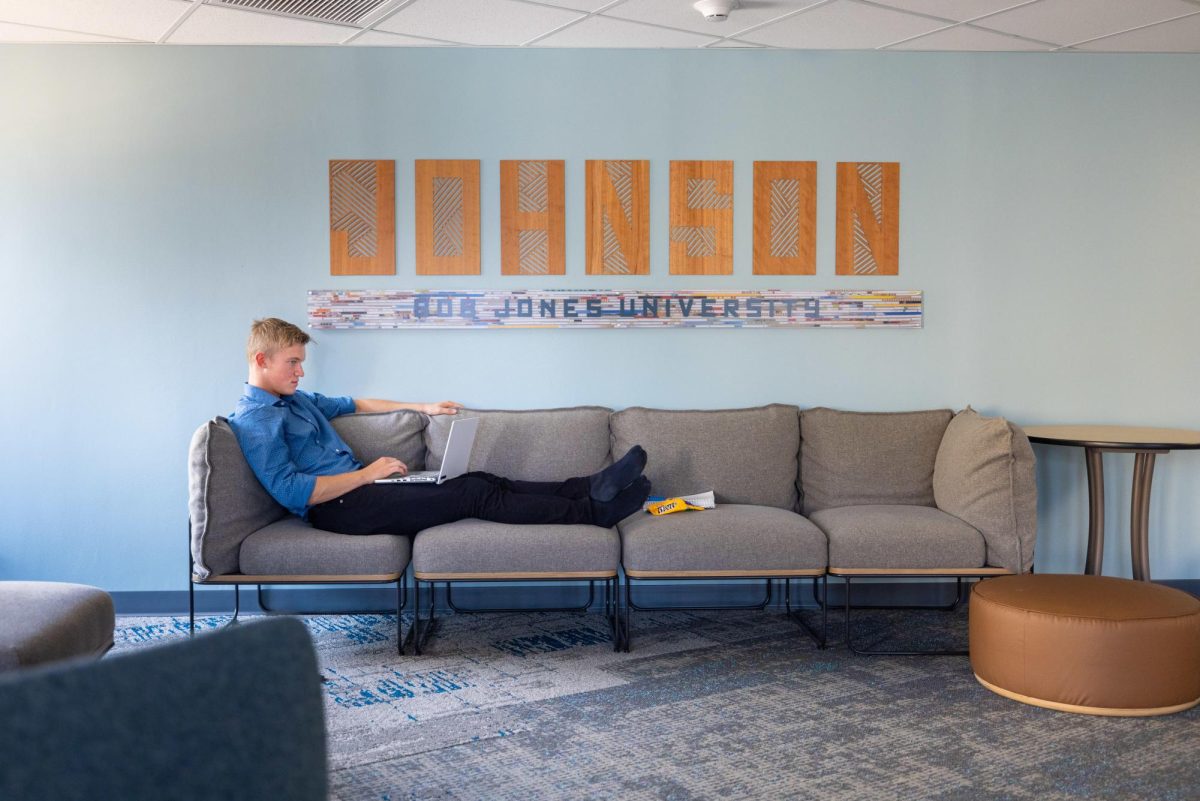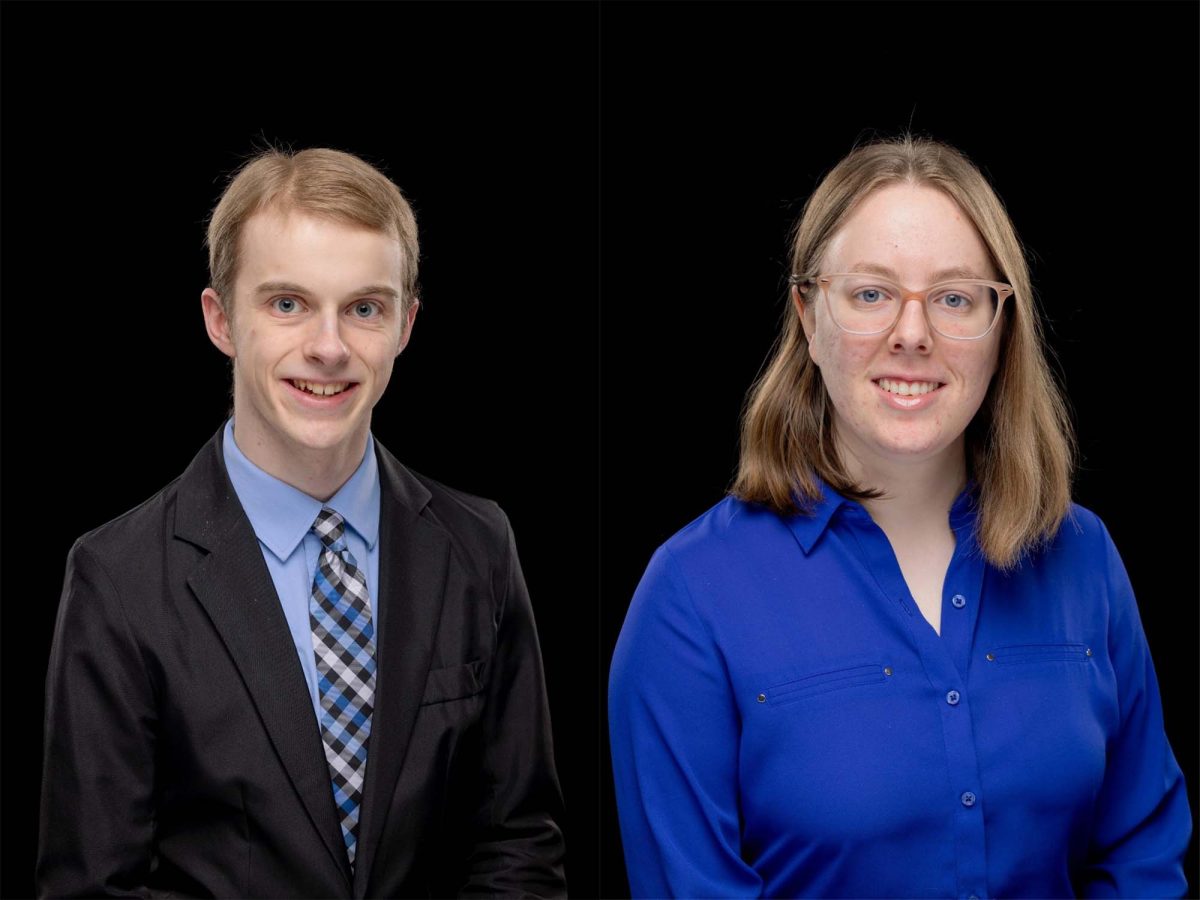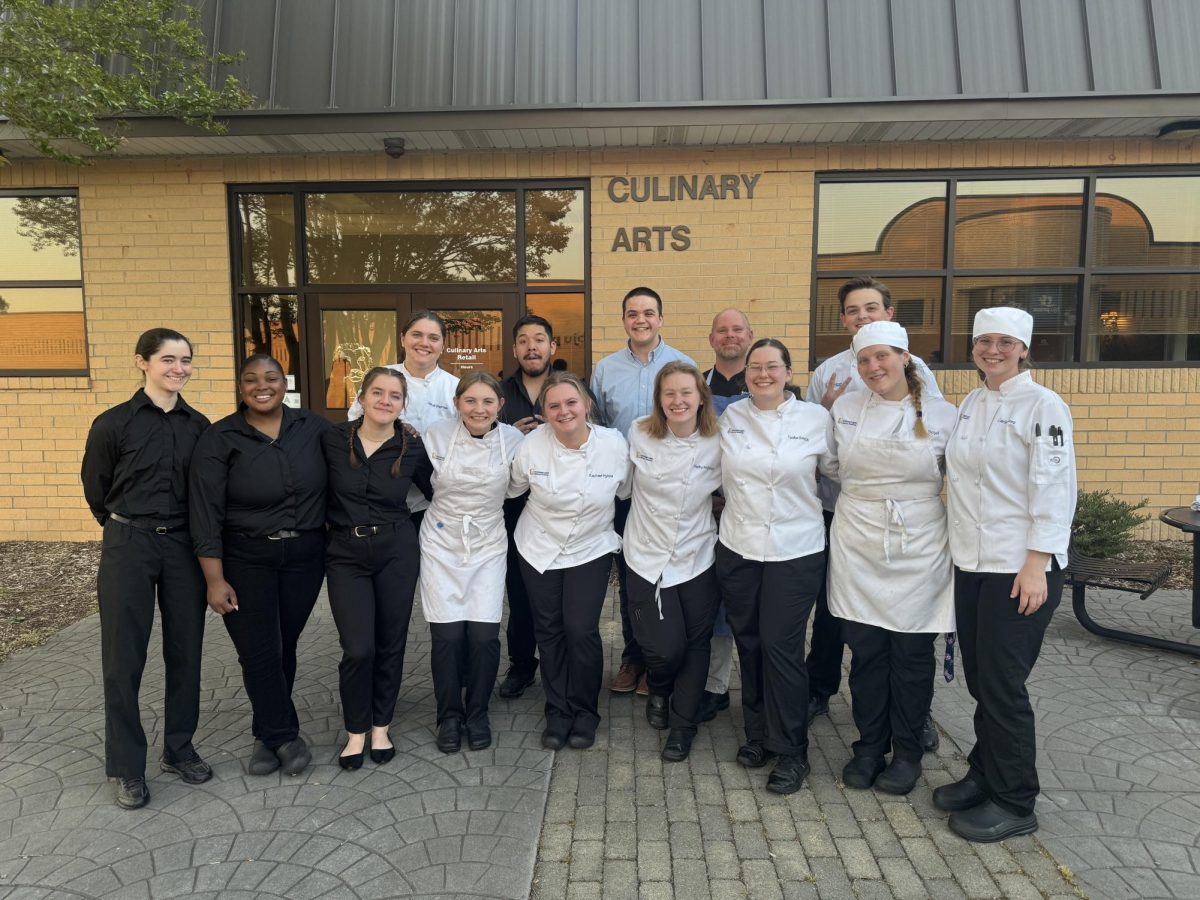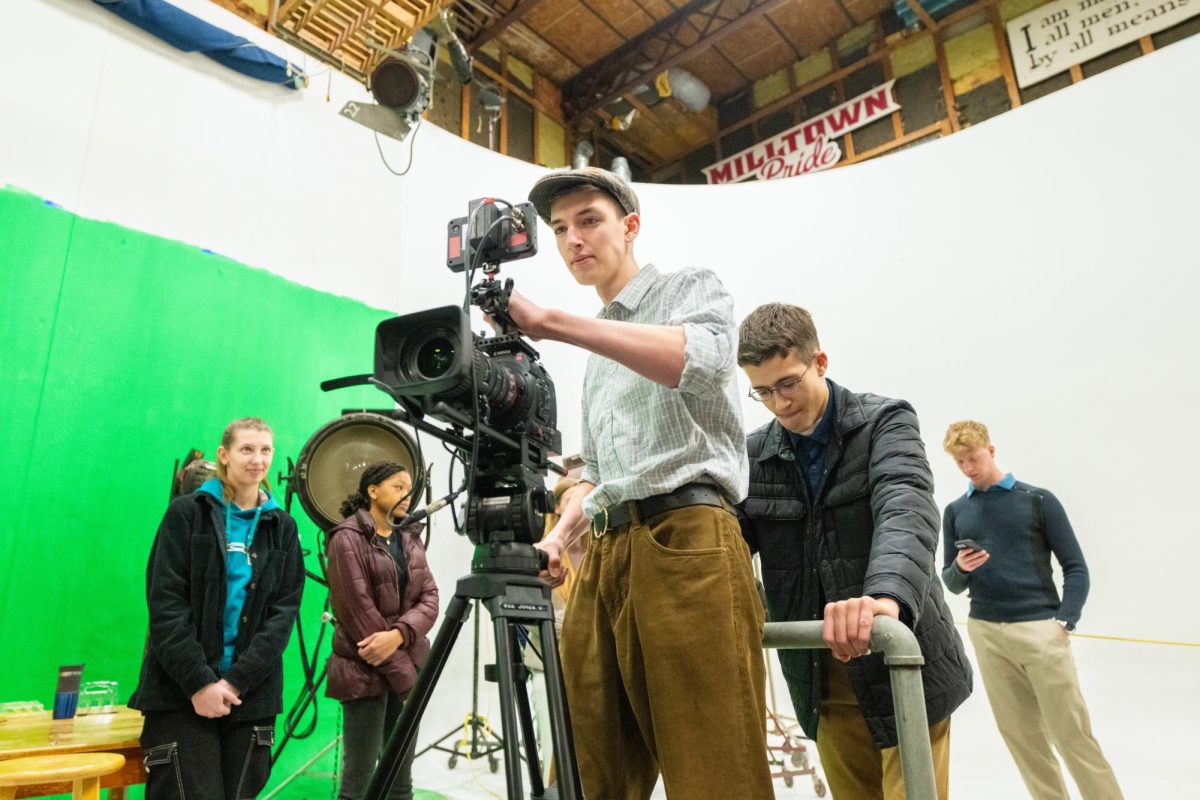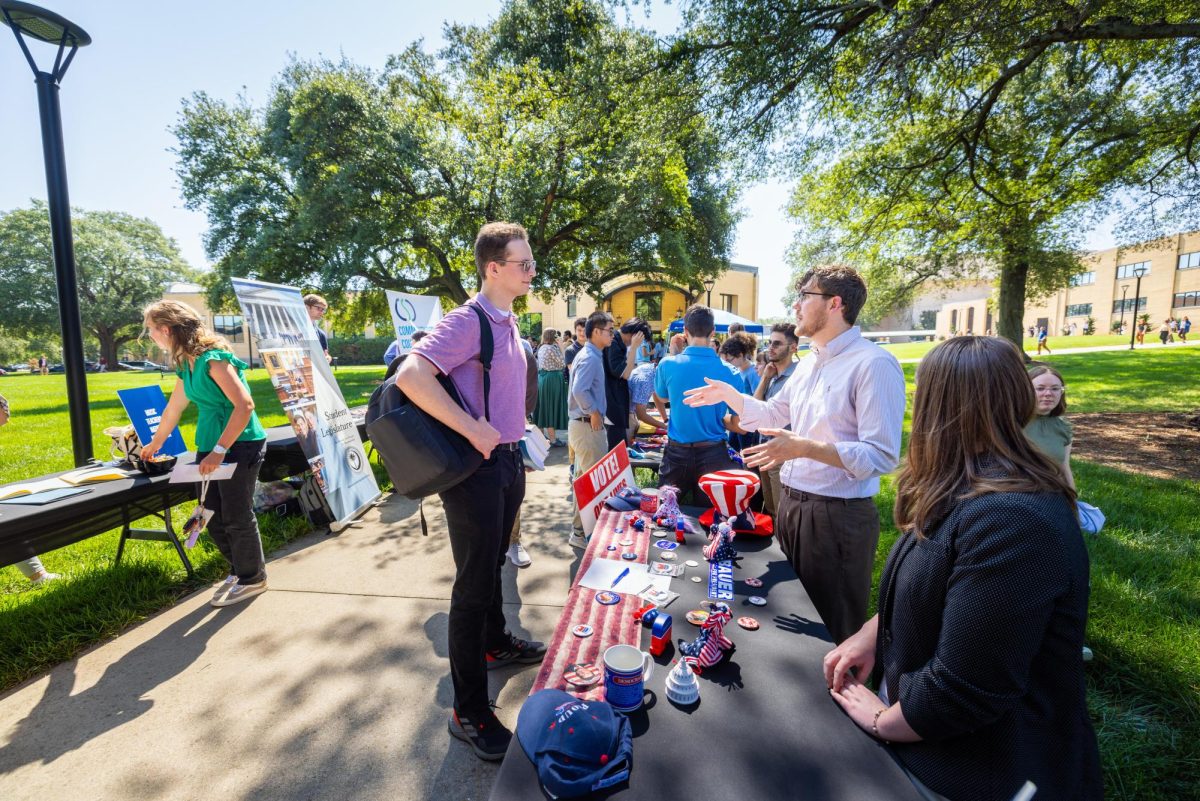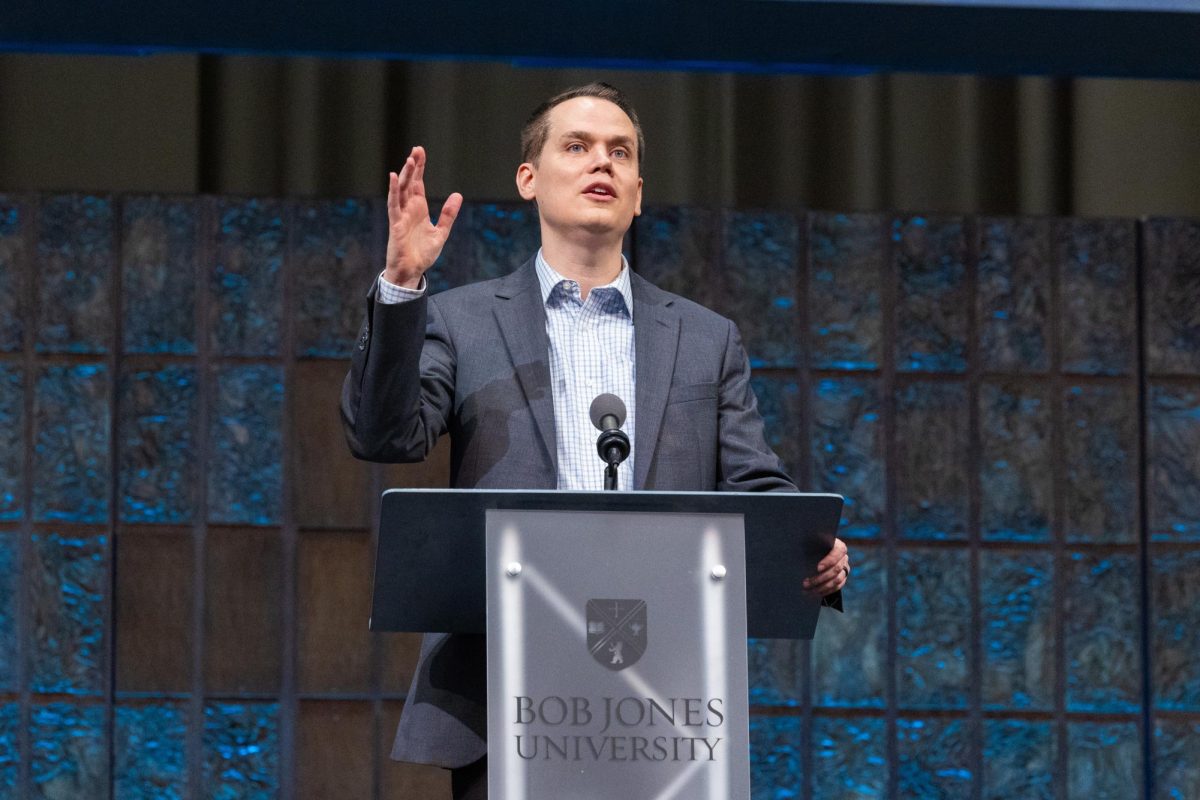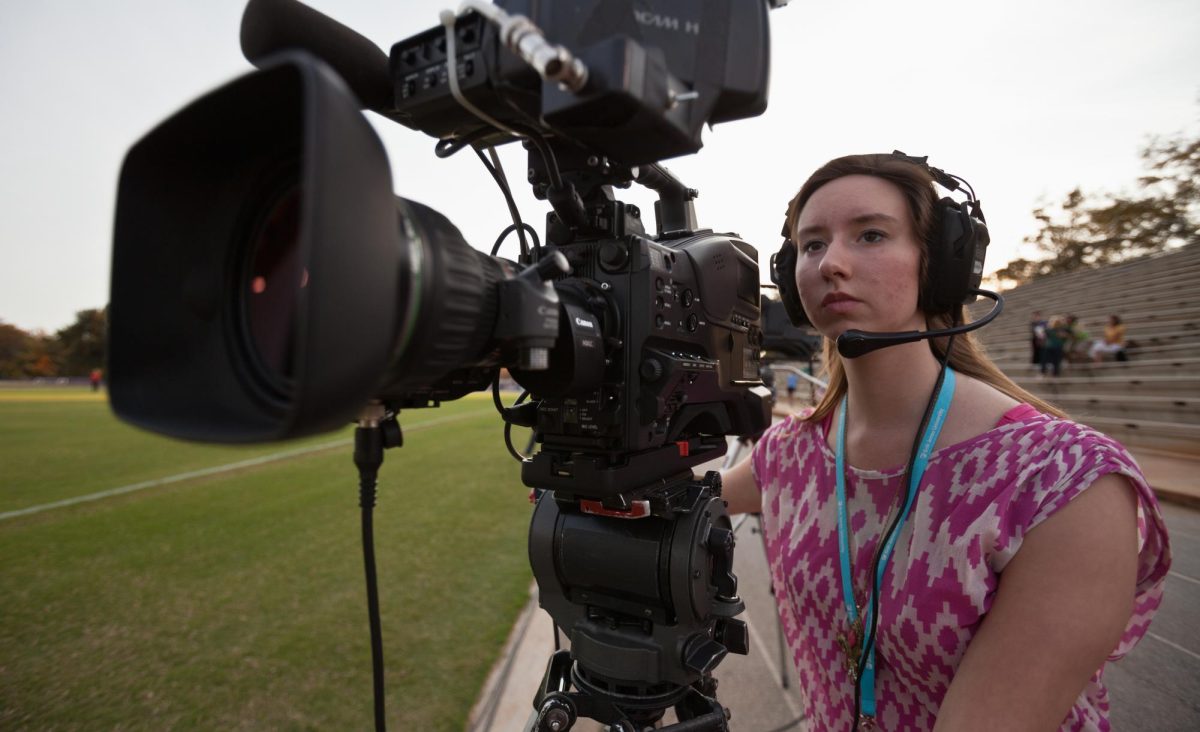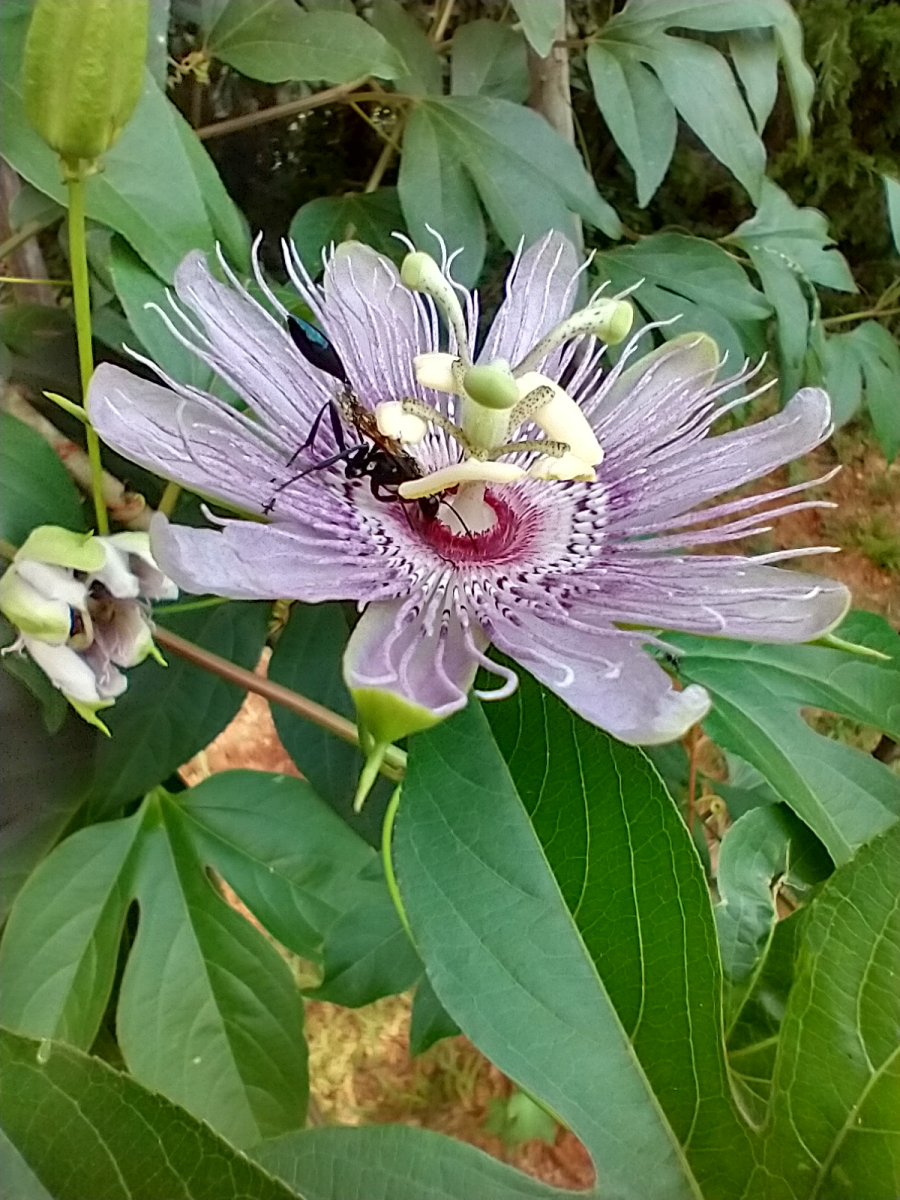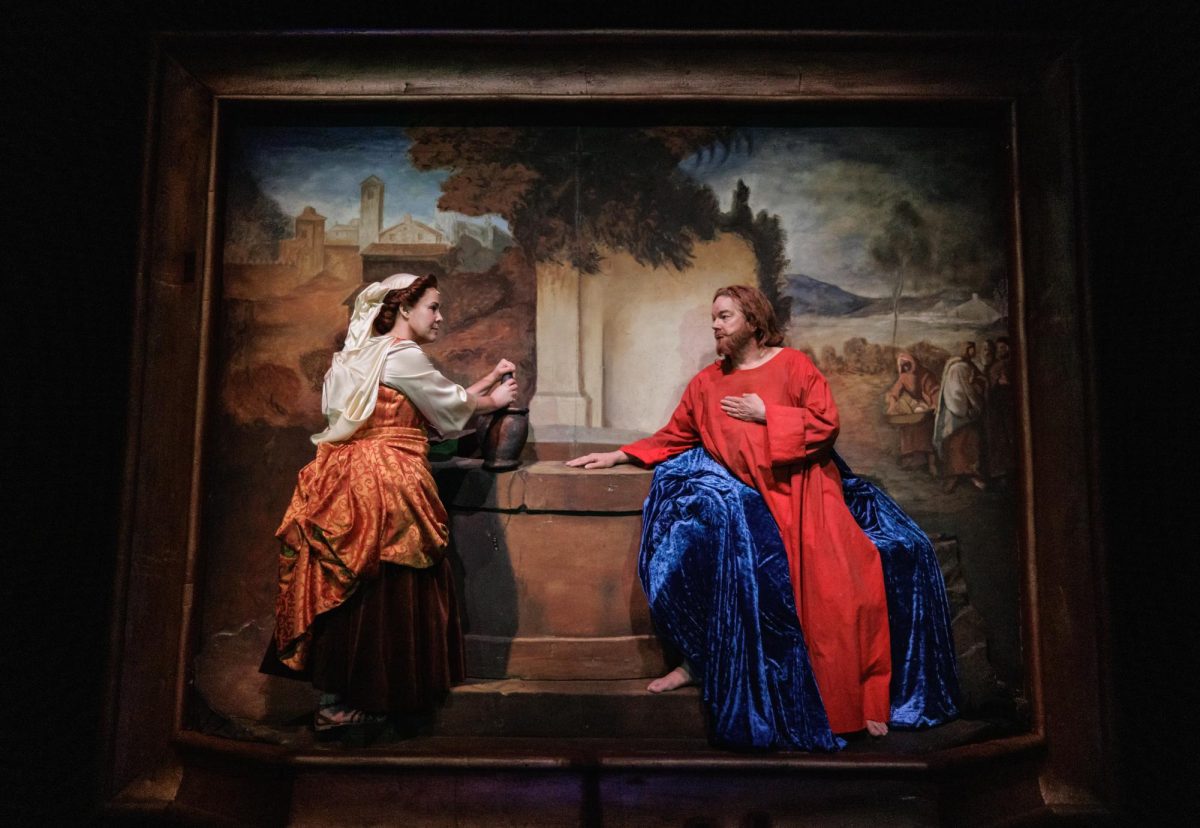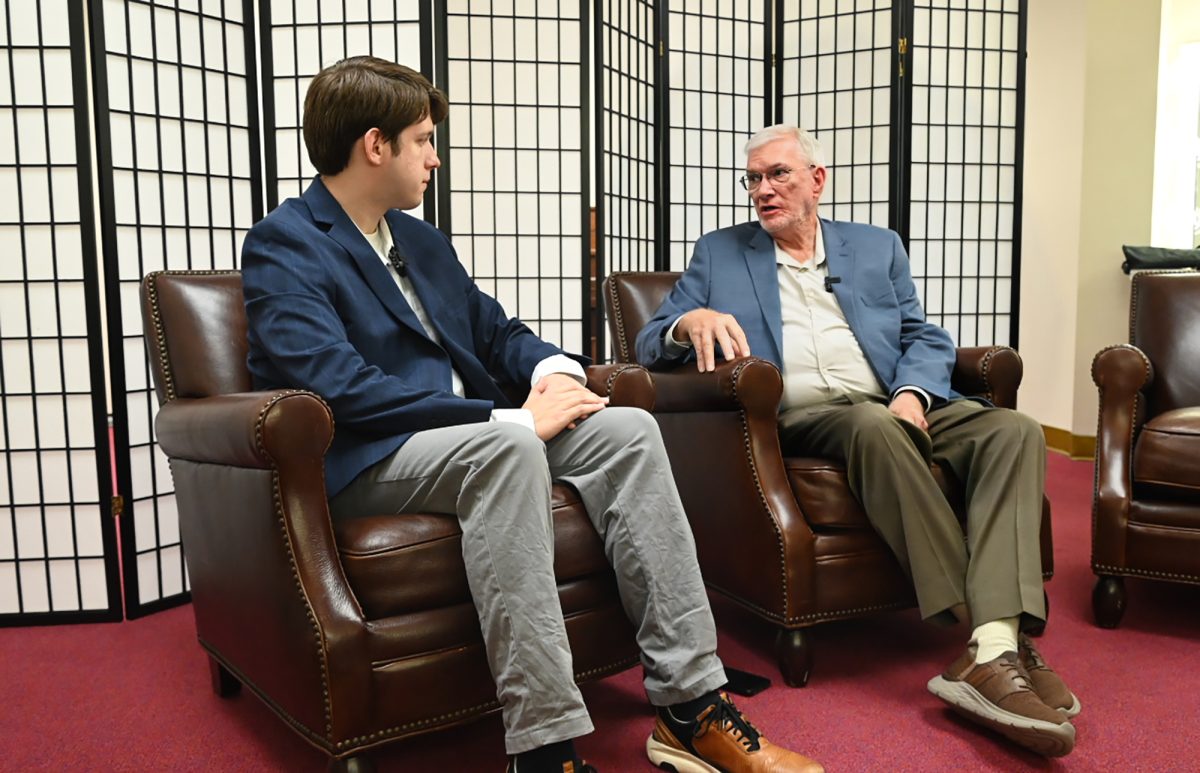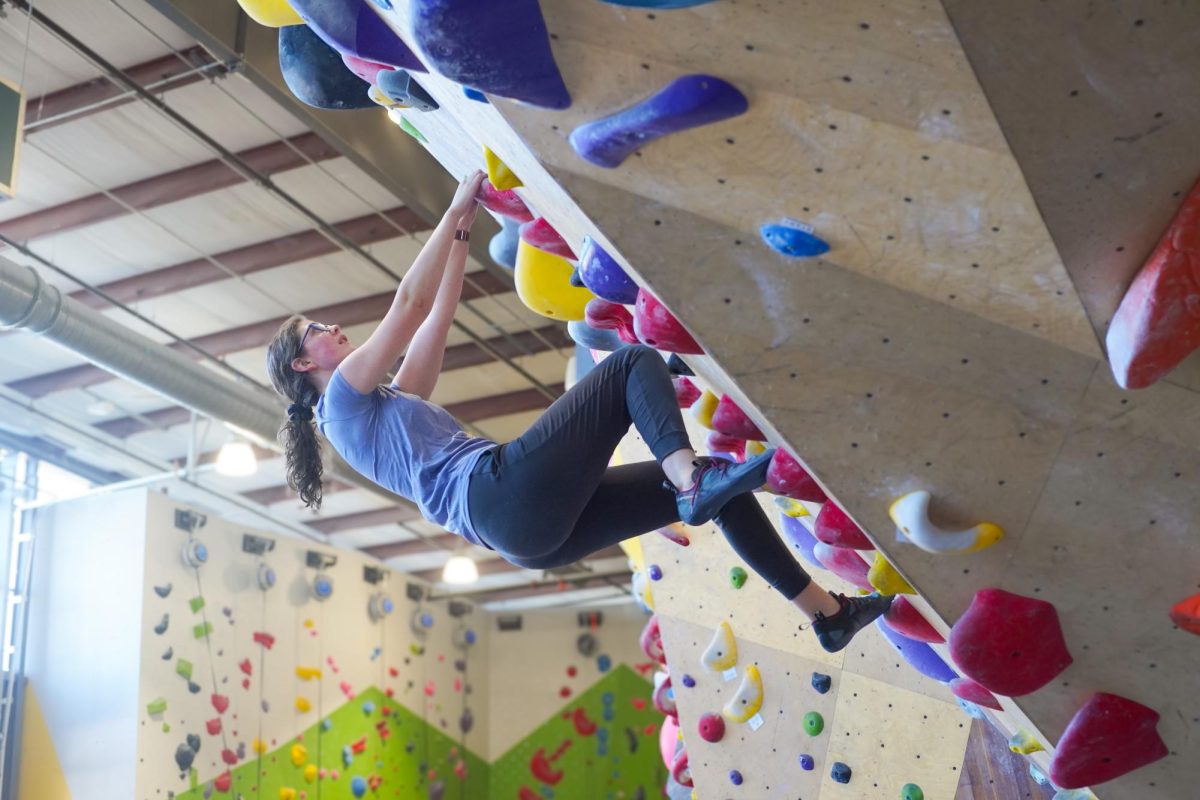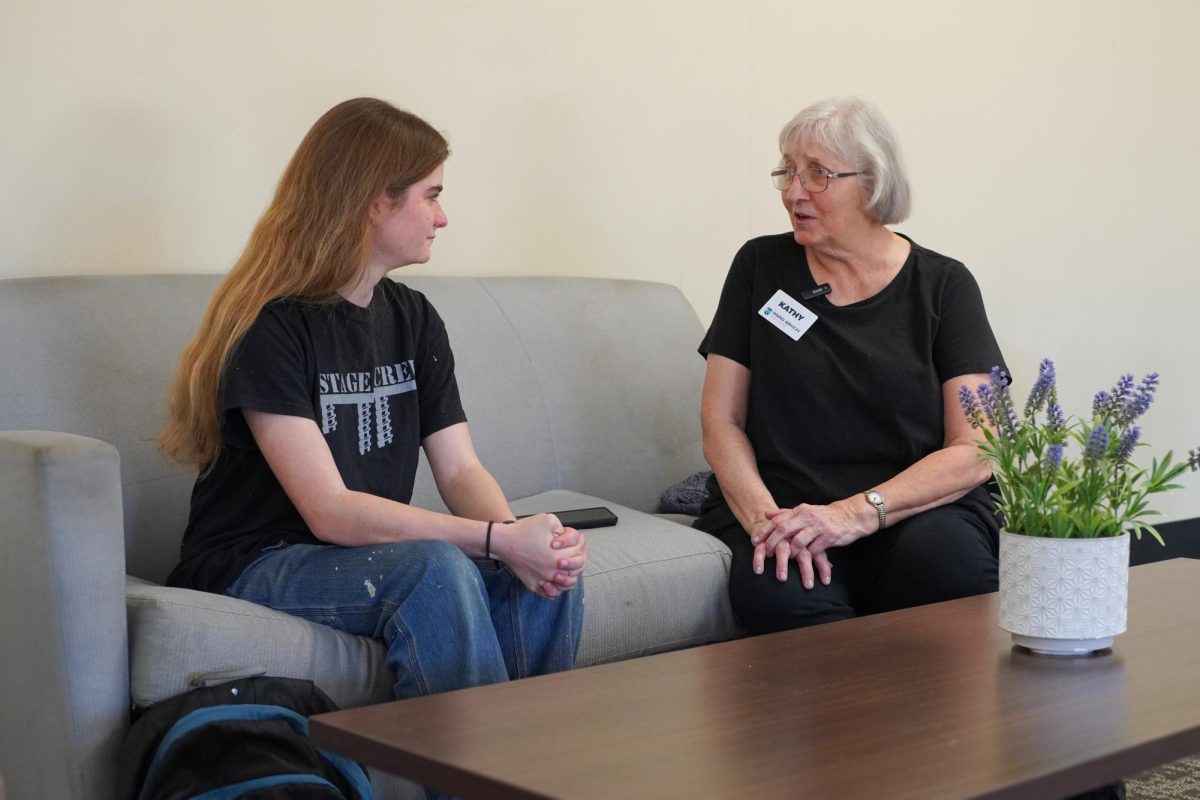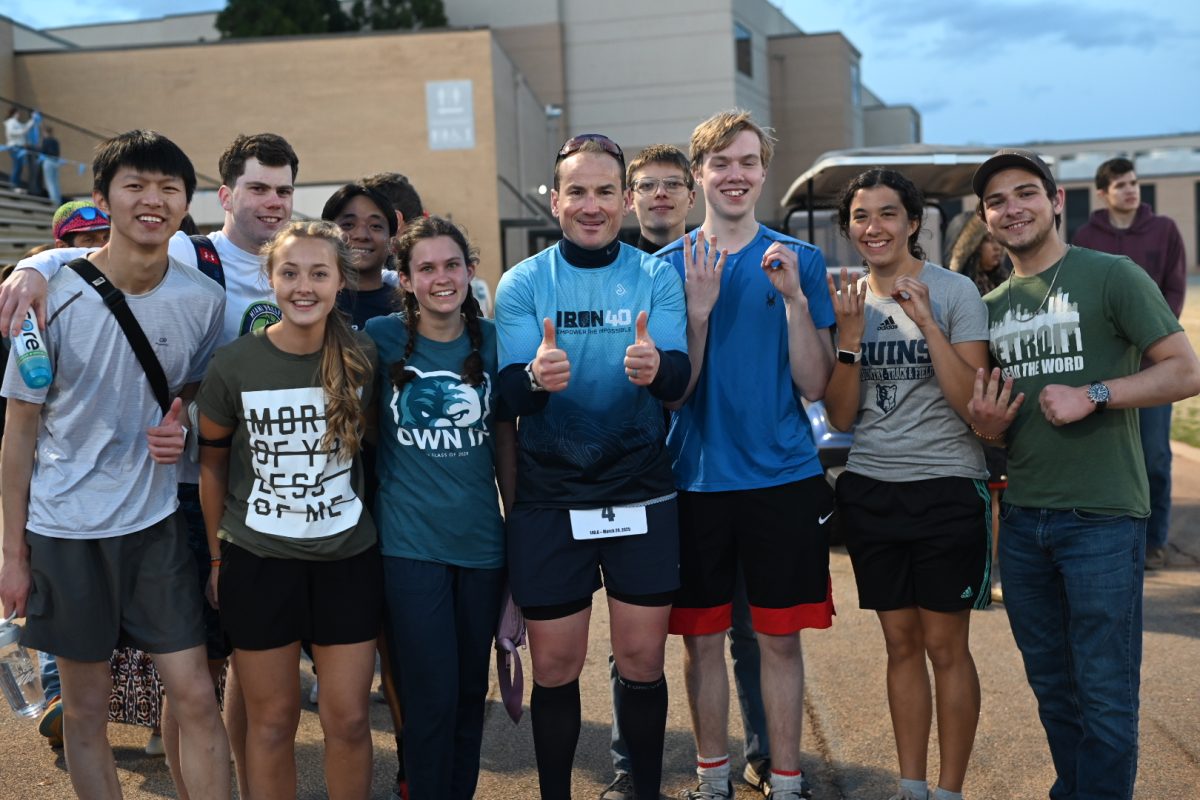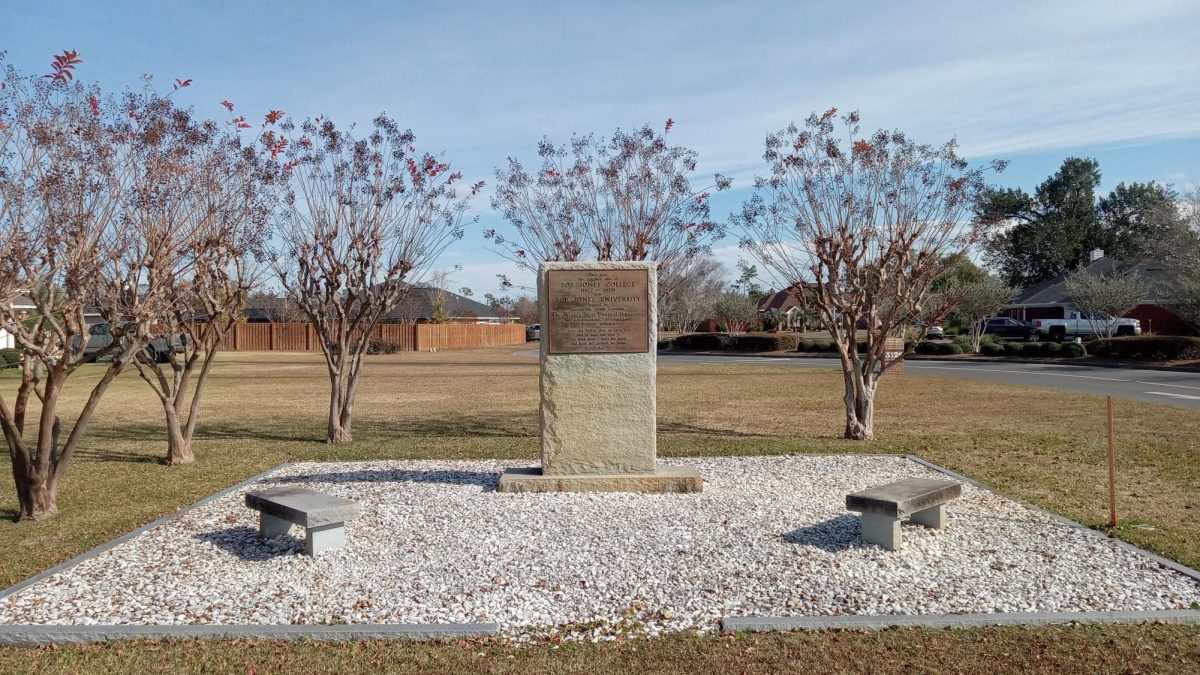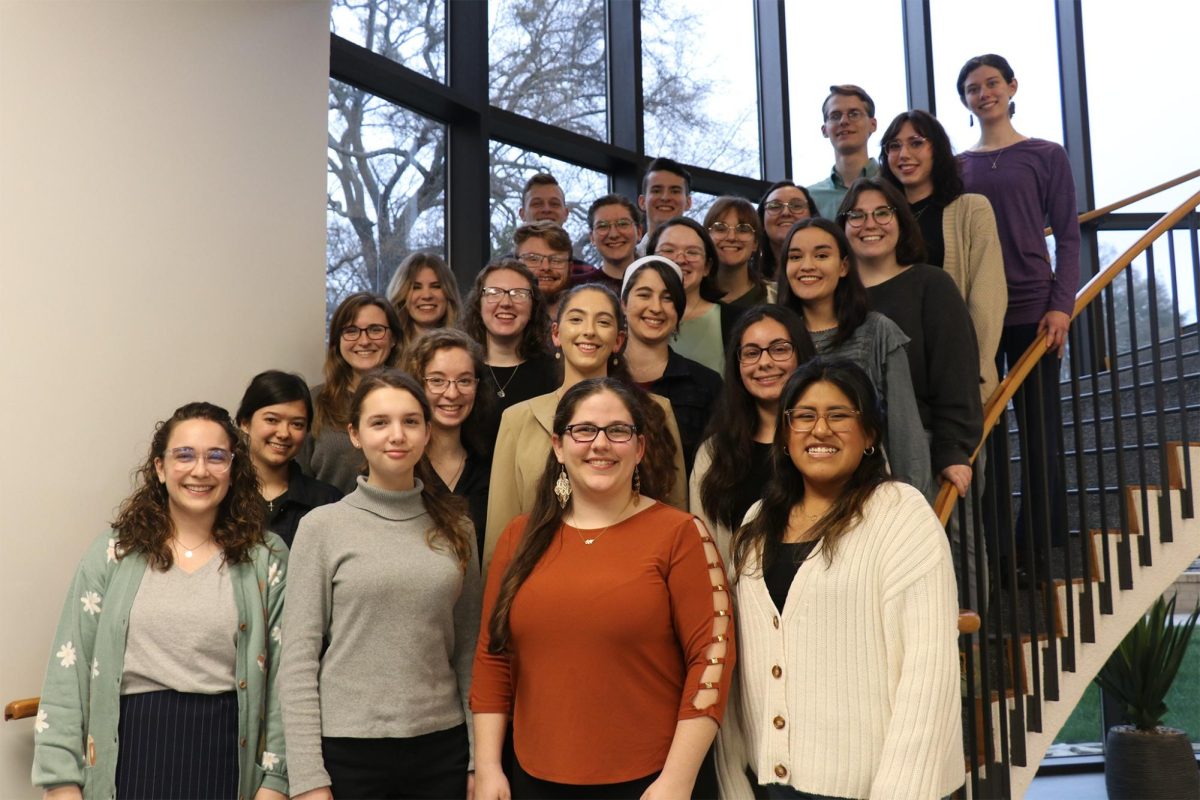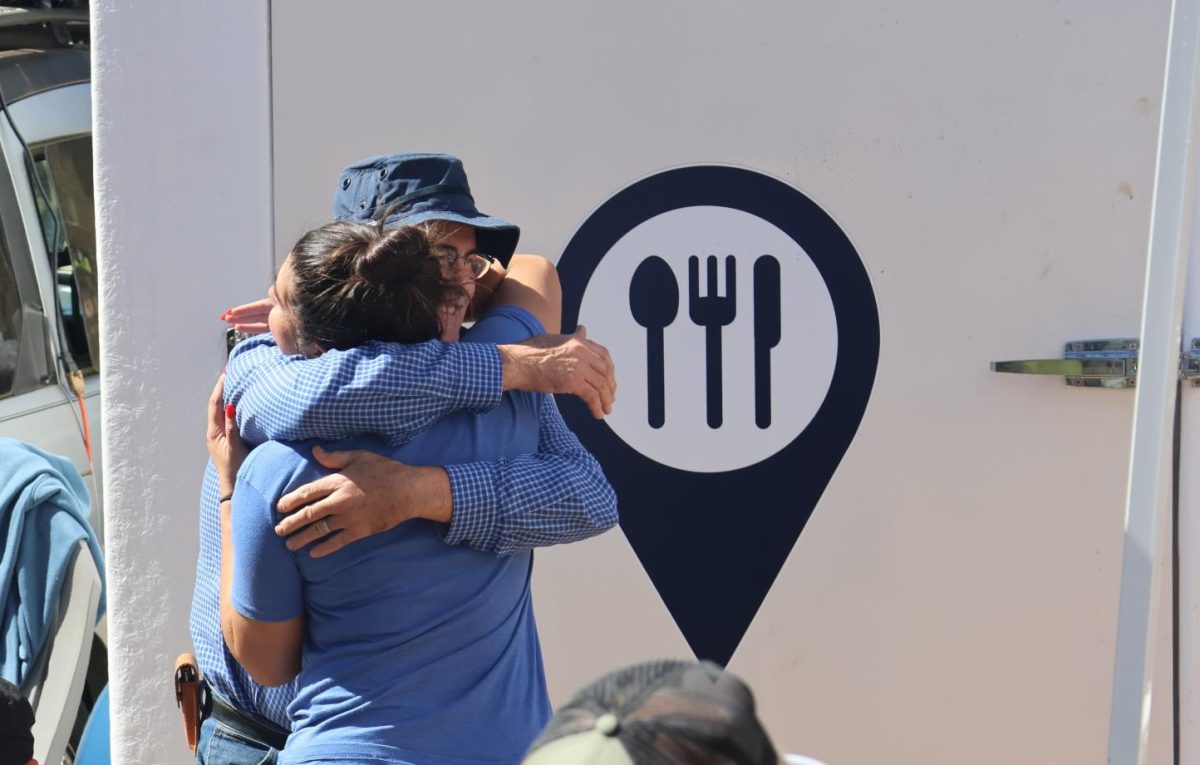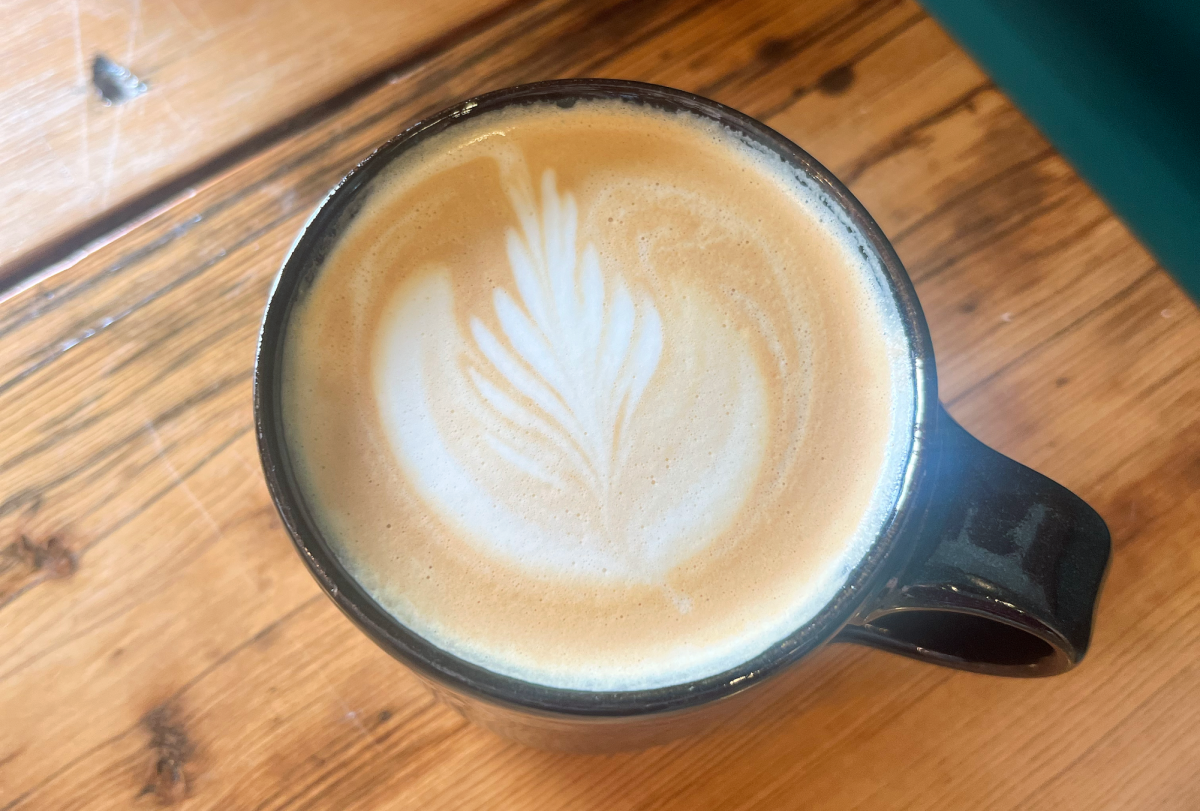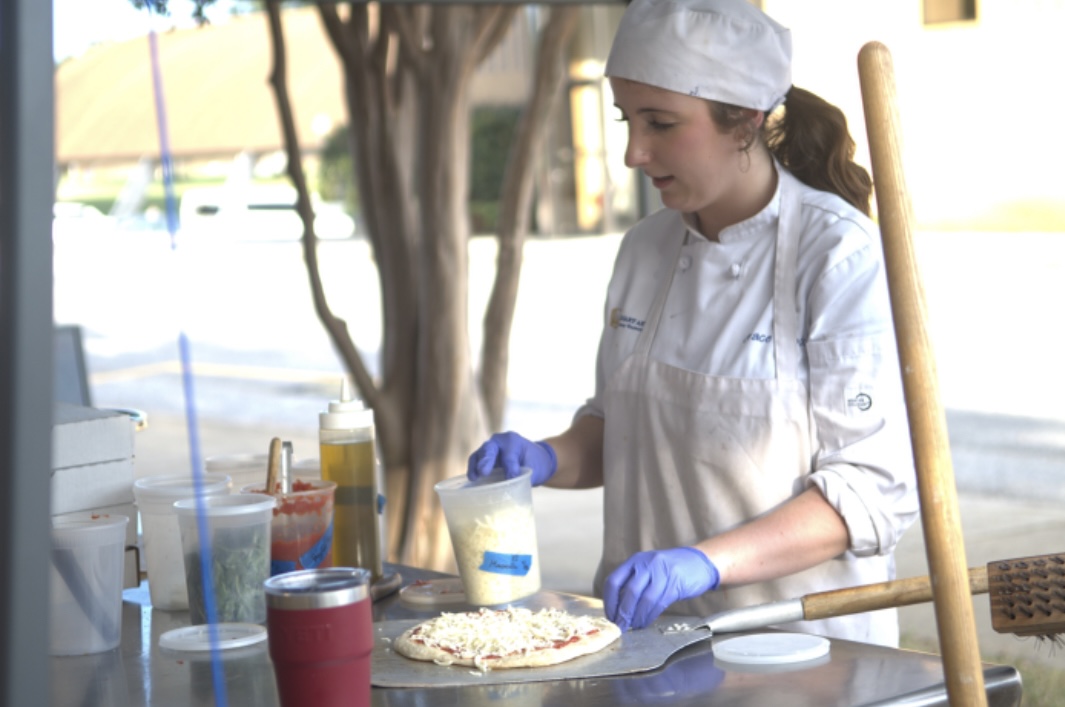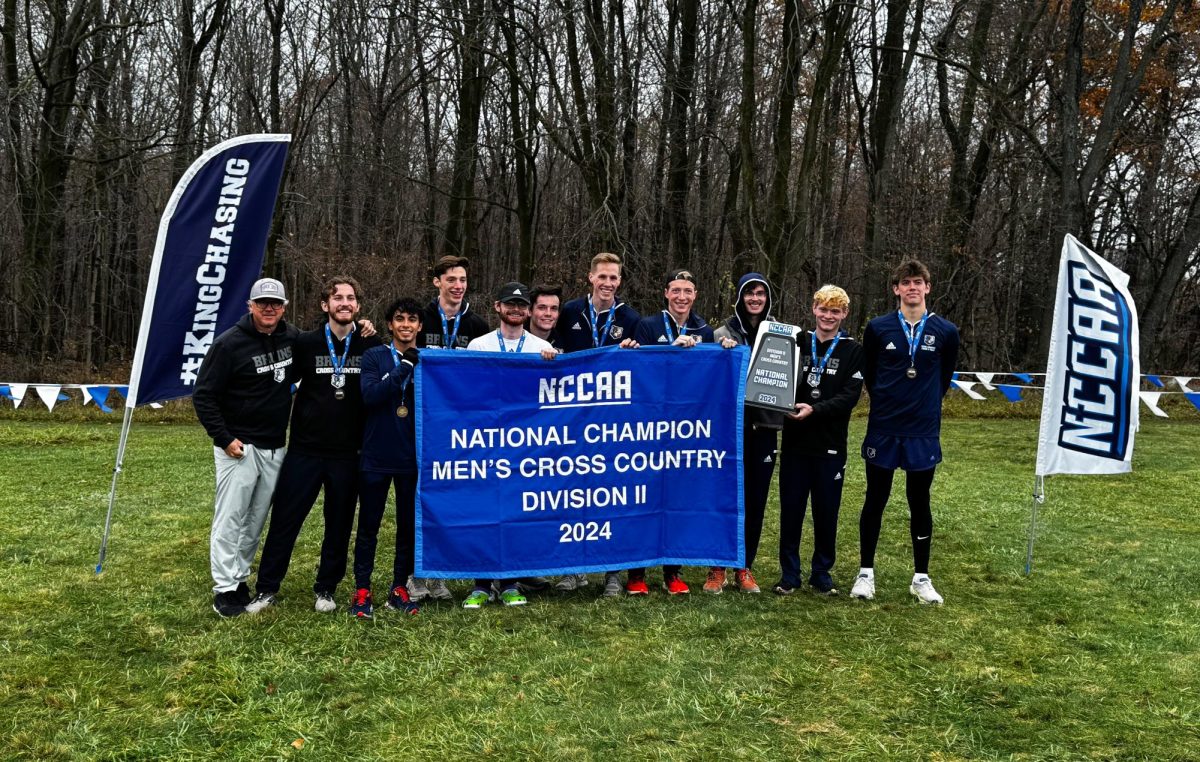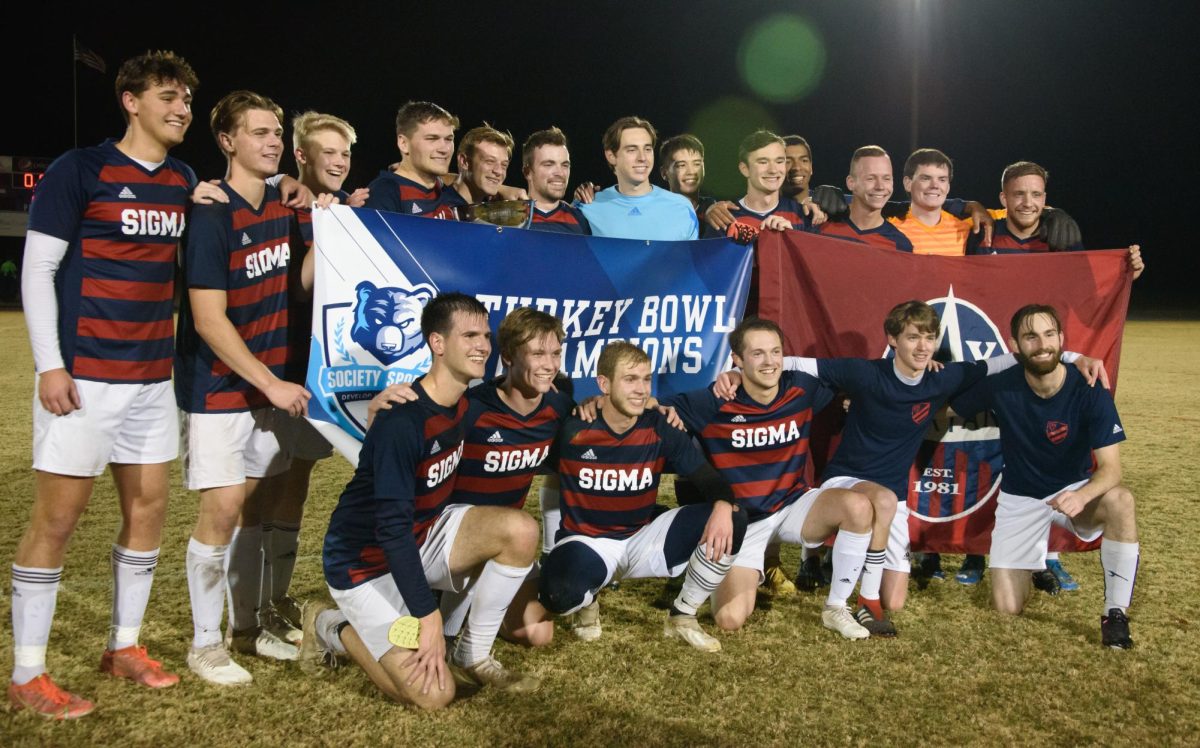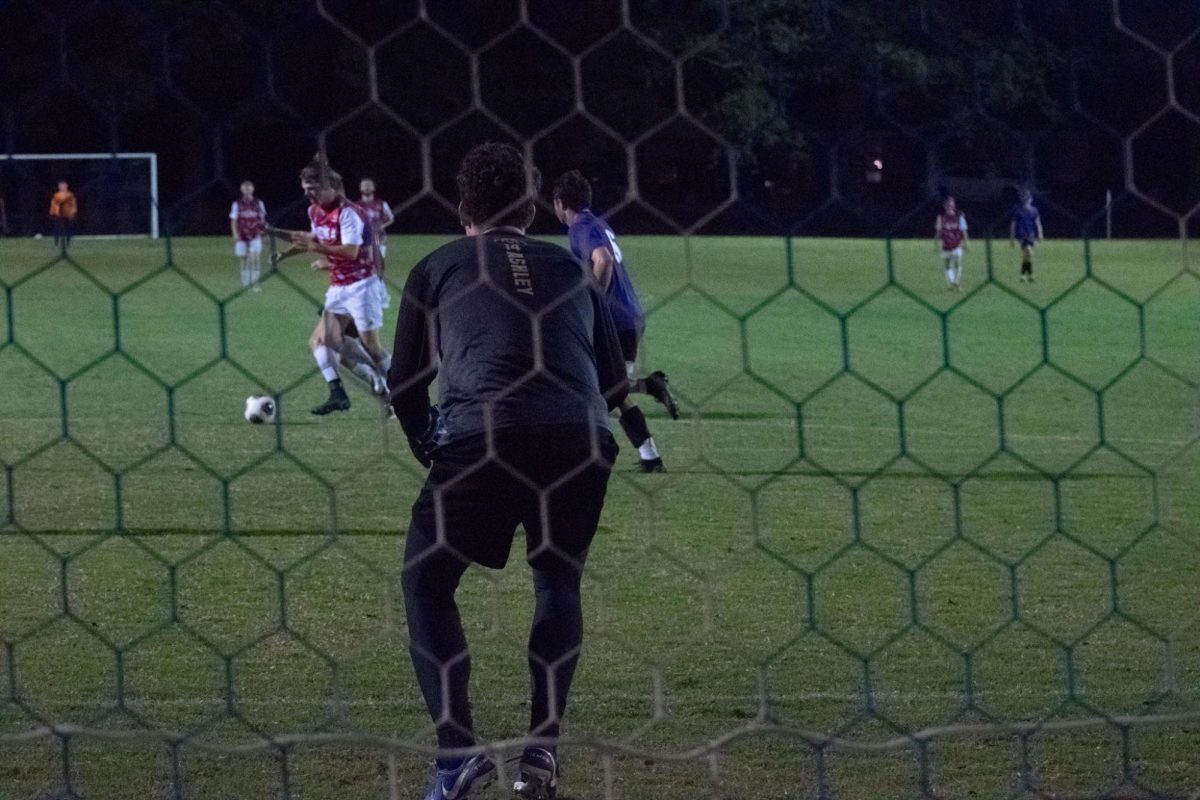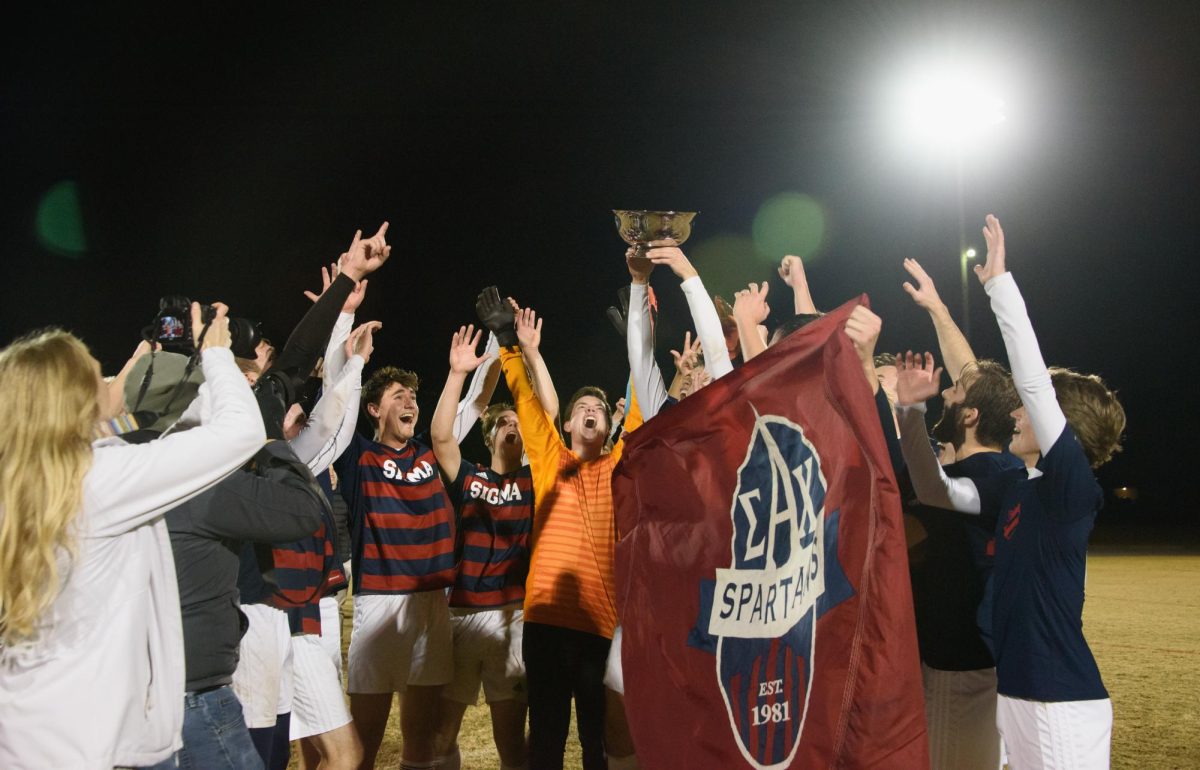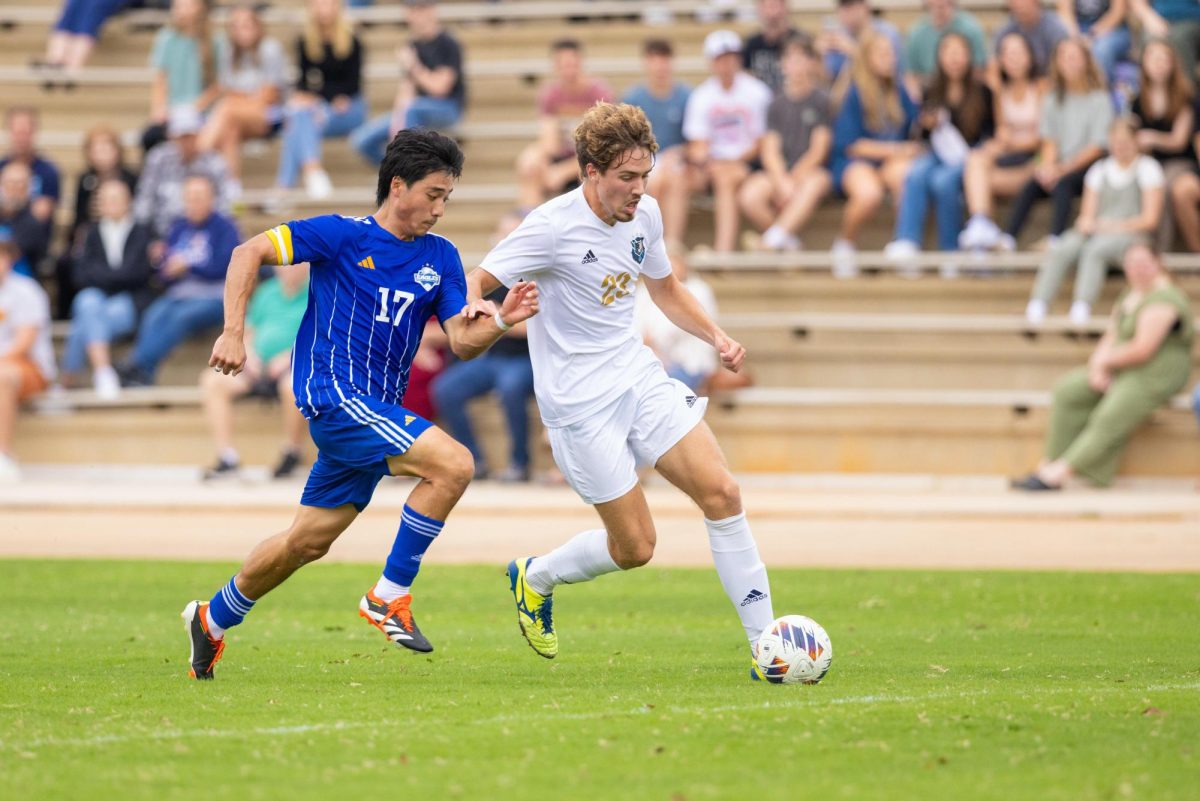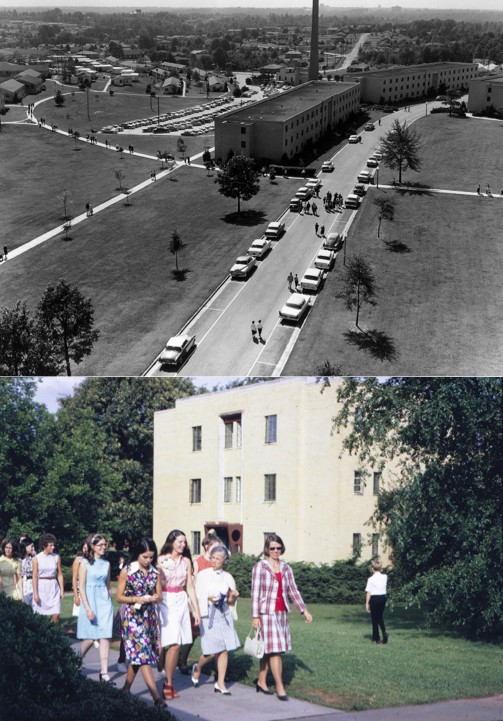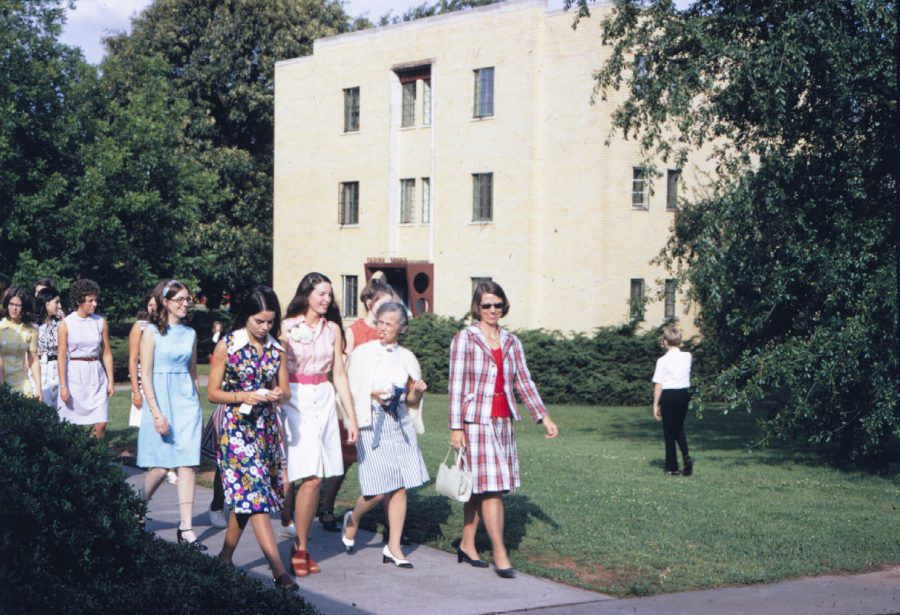Over their 60-plus years of existence, the current BJU residence halls’ exteriors have remained mostly the same. But inside, life has changed dramatically as generations of new students have cycled through the nine yellow-bricked BJU residence halls: Brokenshire, Creel, Gaston, Ironside, Johnson, Mack, Reveal, Siddons and Smith.
When the University moved from Tennessee to South Carolina in 1947, Graves (now Ironside), Mack, Smith and Sunday were the first four residence halls built on the new campus. Then, in 1951, Brokenshire was constructed, and Reveal and Siddons came along in 1960. The two newest residence halls, Johnson and Gaston, were built in 1977.
For the most part, a current student who traveled back in time would feel right at home in the early residence halls. Nevertheless, each of the residence halls has undergone renovations over the years to add things like telephones, snack rooms and prayer rooms. In addition, the rooms were originally furnished with metal, movable furniture before that was replaced with permanent wood furniture in the 1980s.
At times the residence halls have had to serve multiple purposes. In 1987 the basement of Johnson began to be used to store audio equipment, and in 1984 the basement of Gaston was transformed into what was until just recently the cosmetology lab.
Fitted with one sink, two desks, overhead cupboards, closets and five beds, the residence hall rooms were originally made to house five students. Although most current students have a hard time imagining living in a room with five students, in past years a full room was not uncommon.
“We had to bring a lot less stuff back then,” said Jane Smith, the director of the Center for Advising and Career Services and a residence hall student from 1976 to 1980.
For Smith, the residence halls offered a welcome change from her home life.
“I came from an unsaved home, and the dorms gave me a place I felt safe,” Smith said.
Smith said she came into the residence halls with a blank slate, not knowing what to expect of dorm life. Her freshman year, she got a full room with four unique roommates and a new set of requirements that she wasn’t used to, such as having to be out of bed at 6:55 a.m.
But Smith said she and her roommates were able to make her freshman year her favorite of her four years at BJU. One of the ways they had fun may sound familiar to current students: going off campus for food. Every Sunday night the five of them would attend church together and then get dinner at a restaurant off campus.
“Going off campus was a lot less common then because very few students could afford to have their own cars,” Smith said.
Smith says she looks back on the time with fondness. “We made it work, and we made it fun,” Smith said.
Smith also said learning to live with other, dissimilar people was an important skill she learned in the residence halls. Matt Elkins, a former RTV student, shared Smith’s sentiment. Elkins lived in the dorms from 1974 to 1978 and said his experience in the dorm prepared him for another stage of life: marriage.
“If you can start to learn to live in close quarters with three other guys, from different backgrounds, with different perspectives on a number of personal, spiritual and emotional issues, and not kill each other, then you’re learning how to put others before yourself,” Elkins said. “That’s a pretty important skill to have down when you get married.”

